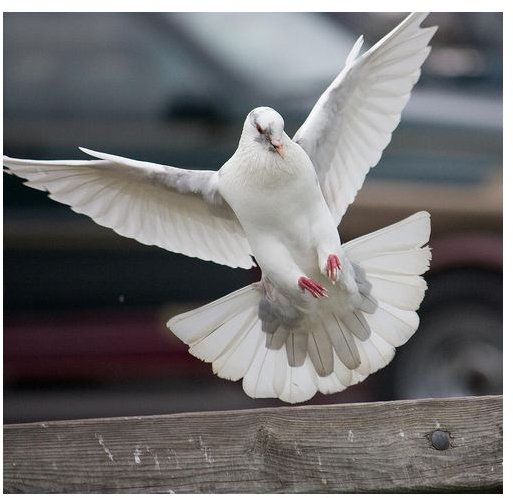When and How to Use a Fast Shutter Speed in Photography
Introduction
In order to get technically perfect photos we should be able to pick up our camera, throw it onto “P” mode (for professional right?) and start snapping away regardless of subject. The computers in the camera know exactly what you want right? Unfortunately, photography isn’t that easy. Although most of the images we make don’t use a fast shutter speed, there are some subjects which require special attention with respect to shutter speed. The majority of these cases involve a fast moving subject whose motion we want to stop. In this article I will show you several examples of where a fast shutter speed may help your photography (or even be necessary), show you how to set up your digital camera to accomplish this (even if you don’t have manual modes), and describe some complications and solutions.
Why Use a Fast Shutter Speed
There are many instances when using a fast shutter speed is necessary to get the shot you want. The first and foremost reason would be to counteract your own body’s shake when shooting handheld. A general rule that you can follow is to always shoot faster than one over your focal length. For example, in order to maximize the probability of a clear shot when using a 250mm lens you should try and shoot at 1/250 second or faster.
Birds and fast moving animals are the next type of images to use a fast shutter speed. In order to freeze a bird in flight I recommend a starting point of 1/500 second, but even this might not be fast enough. This should be fast enough that even lenses without image stabilization should be fine when shot handheld. Depending on the speed of your subject, you may have to go faster still.
Similar to birds in flight, the same mindset can be taken when shooting sports photography. You often want to shoot as fast as possible in order to freeze those intense sports moments. Again, as a starting point, I would try 1/500 second and adjust from there.
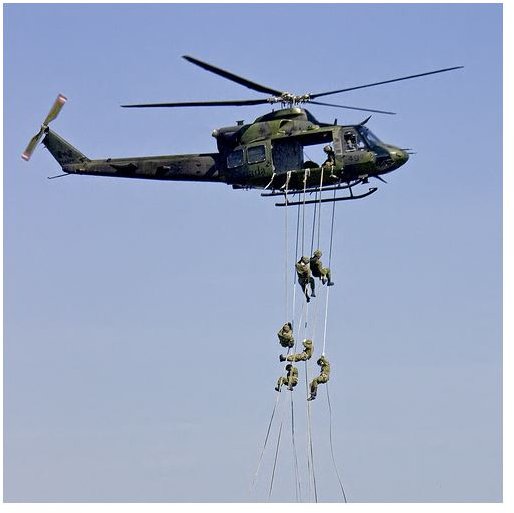
In order to shake things up a bit, another example where you may need a fast shutter speed would be when photographing water drops. This kind of photography is the epitome of a photographer’s desire to freeze an image that we can’t see normally in order to provide stunning results.
Essentially, the moral of the story here is that when you have fast moving objects that you want to stop in their tracks, you probably can’t rely on the camera’s automatic modes to know what you want. You will probably have to take the appropriate steps to force your camera into using a fast shutter speed.
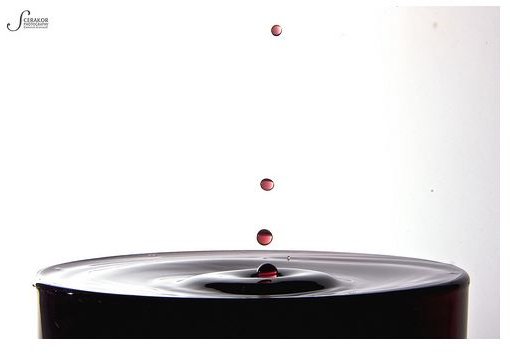
How to Use a Fast Shutter Speed
In order to force your camera into using a fast shutter speed you are probably going to have to switch to the shutter priority or manual “M” modes. Using a shutter priority mode allows you to dial in the shutter speed that you want and allowing the camera to decide what aperture will properly expose your image. In many cases, shutter priority mode should work well, but there are some cases where manual mode is needed.
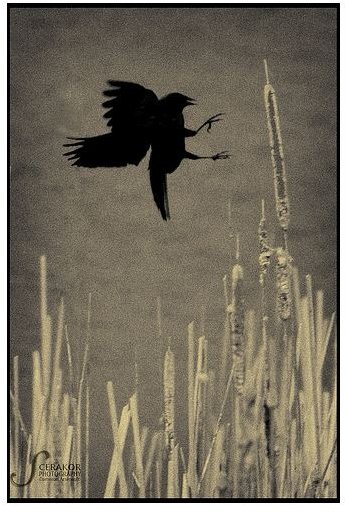
When shooting birds or sports you may want to lock down both shutter speed and aperture when shooting over an extended period of time. This will allow you to get a constant exposure regardless of slightly changing light (clouds overhead), attempts by your camera to change the exposure (depending on the metering mode and the background in the shot), or a change in subject (different bird or different colored jersey). In any of these cases your camera may think that you need to change the aperture if you are on shutter priority mode, even though the scene hasn’t significantly changed. For these reasons, you should figure out your optimal shutter speed on shutter priority mode first, see what aperture the camera’s metering gives you (verify that the exposure is acceptable), switch to manual mode, and use these numbers. Obviously, as you are now shooting on manual, double check your screen every now and then to make sure that you are still getting a proper exposure in all of your images and adjust if necessary.
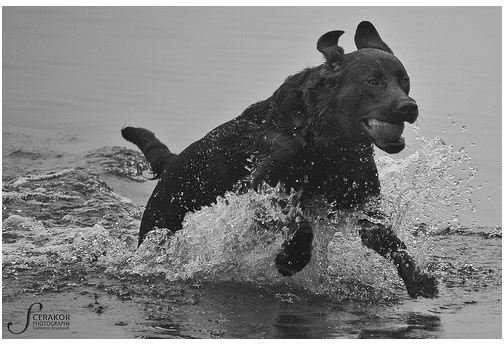
Using an Automatic Camera
If you are trying to take pictures with a fast shutter speed and your camera does not have either a manual or a shutter priority mode, all hope is not lost. There are a couple of settings, usually in the scene modes of your camera, that you can try. The first and foremost scene mode to try (if you have it) is a “sports” or “action” mode. This mode defaults to a fast shutter speed for you. If this doesn’t exist, you can try a portrait mode. What the portrait mode does is open up the aperture (make a small F number) in order to make a small depth of field. Consequently this lets in a lot of light and may result in a fast shutter speed. In a pinch this might work.
Complications and Solutions
Of course, as everything in life, it can’t just be as simple as that. There are a few issues that may arise when you are trying to take pictures of fast moving objects. Most of these issues comes from the fact that when shooting a fast shutter speeds you need a lot of light in order to get the shot. This can be an issue if you are shooting at the beginning or end of the day, in the shade, in the night, in a stadium, or indoors. Fortunately there are a couple of things that you can do to get some more light.
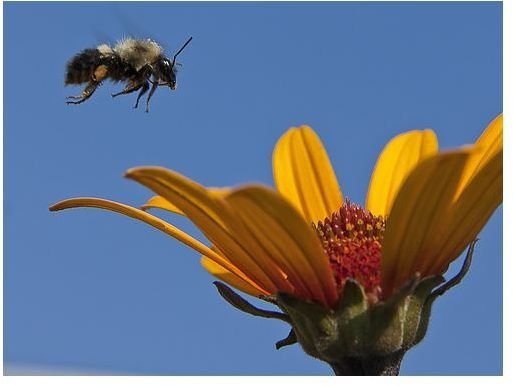
The first thing you can try is to use flash. This makes things a little bit more complicated gear wise when we are talking about bird or animal photography, but it might just do the trick. When tackling sports photography, especially indoors, this may not be an option as they may not want you to distract the athletes with flashing lights. The next trick up your sleeve should be to open up your aperture (lower the F number) in order to let more light in. Of course you have to be aware that doing this also decreases your depth of field and makes proper focusing all that much more essential. The next thing to try is to increase your ISO. By doing this you effectively increase your sensitivity to light, allowing you to shoot at a faster shutter speed. Again though, you need to be aware that increasing the ISO significantly also increases the amount of noise in your images. Finally, if all else fails, and budget is not an issue, you can always go out and buy faster glass! Better lenses allow you to open up the aperture wider and thereby are described as “fast glass” since they allow you to take images with a faster shutter speed than their cheaper counterparts.
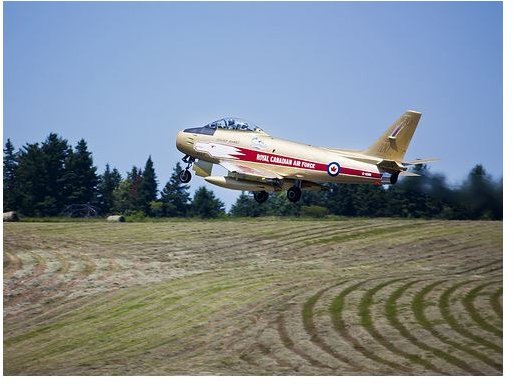
Conclusions
Sometimes in photography, certain subjects merit a little more than that green “Auto” button and in order to get the shot you have to up the ante and use a fast shutter speed. In this article I have outlined a few of the basic situations which would merit this further attention. Essentially, when shooting anything that you desire to halt motion in its tracks, you should take the steps necessary to use a fast shutter speed. On many digital cameras this means switching over to your shutter priority modes or manual modes, but on some you can try the “sport”, “action”, or even “portrait” modes. Be wary though that fast shutter speeds need more light than usual and you will have to evaluate your priorities between depth of field, noise, and even price with the prospect of getting the shot that you want.
All images taken and edited by the author.
This post is part of the series: Photography and Shutter Speed
The articles in this series deal with one of the critical subjects in photography: shutter speed. These articles deal with slow and fast shutter speeds and when would be the best time to use each. Understanding shutter speed gets you that much closer to understanding photography.
